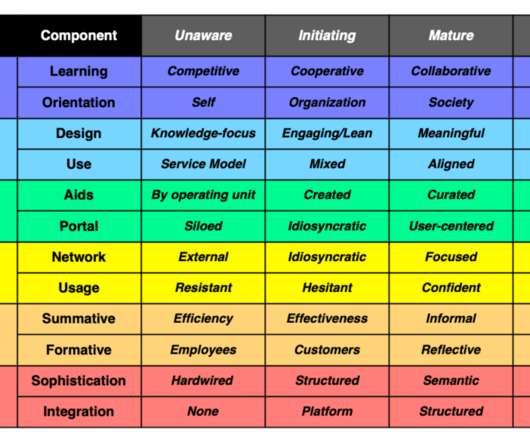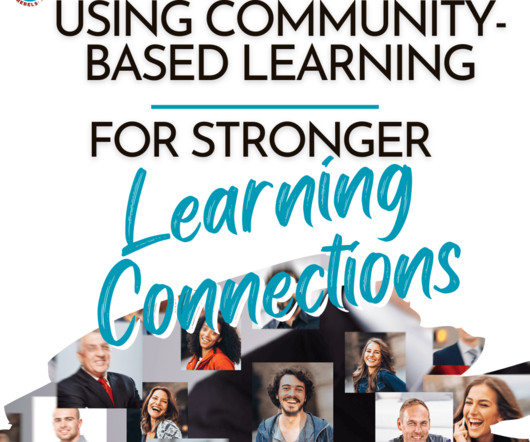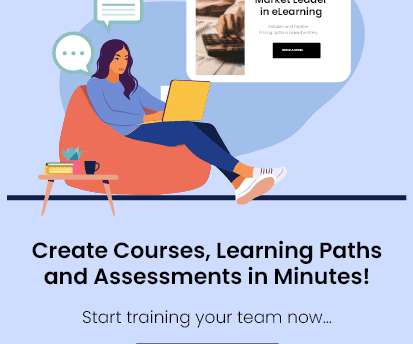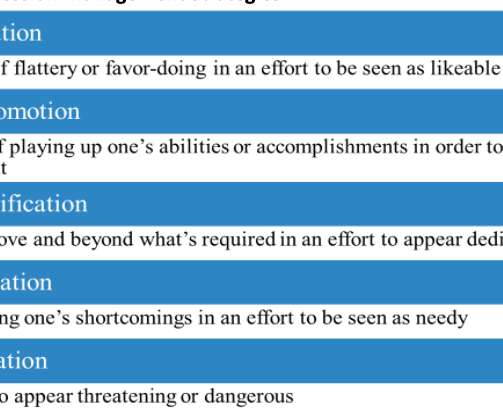Supporting the Social Workplace Learning Continuum
Jane Hart
JUNE 4, 2012
So one approach that I have been promoting is, instead of thinking of Formal and Informal Leaning as polar opposites, rather to think in terms of a Social Workplace Learning Continuum (as shown diagrammatically in the image on the right). But in order to support the full SWL Continuum, there are 5 points to take on board.













































Let's personalize your content